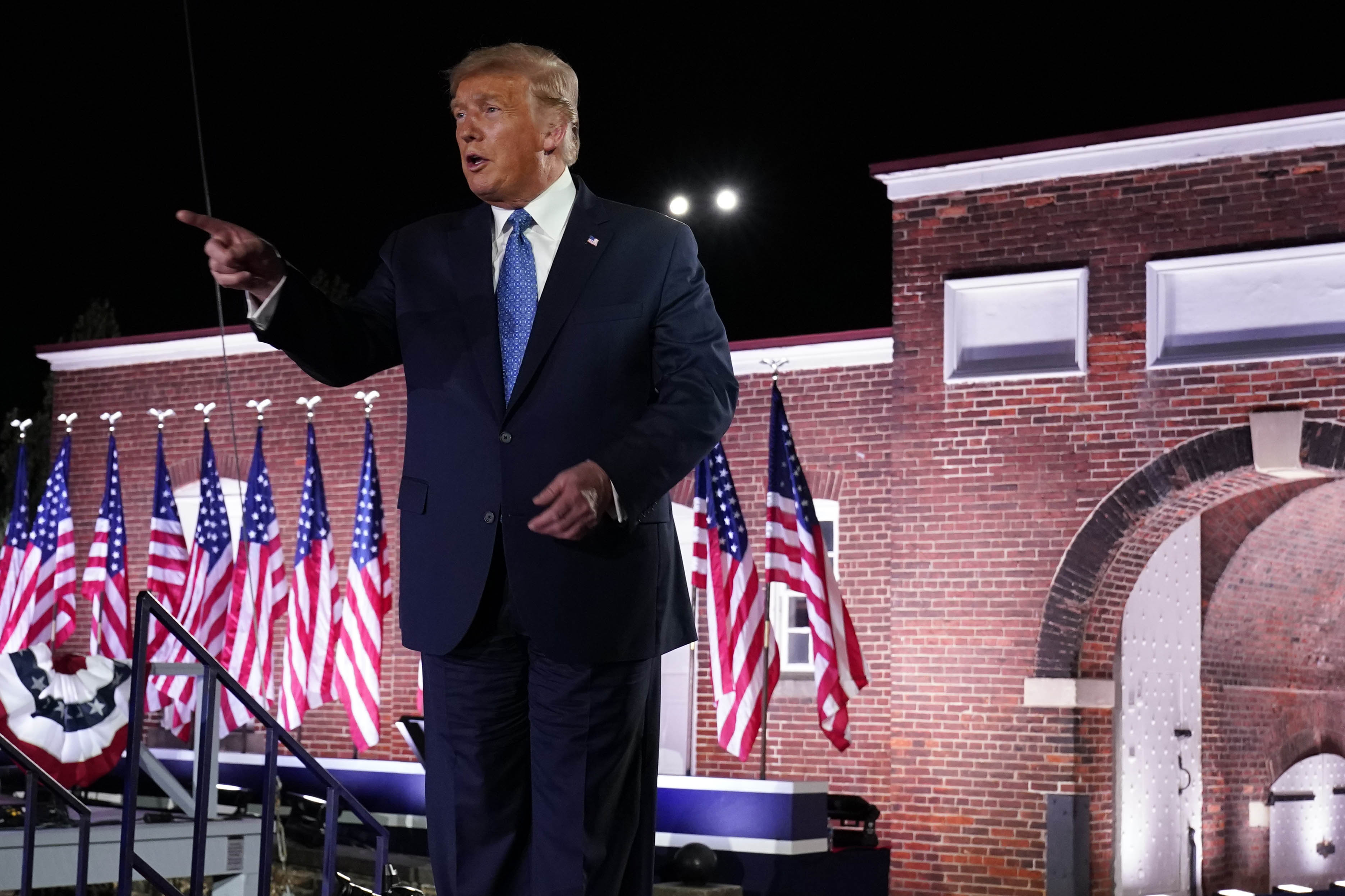How Trump upended the race to control the House through 2030

Yet at the same time, Crenshaw, a second-term Republican, beat a well-funded challenger by 13 points. In an interview, he said Trump’s narrow victory margins in suburban districts did not portend much for Republican candidates for Congress. Democrats didn’t pick up any seats in Texas in 2020.
“If you’re willing to take an unemotional and unbiased look at what happened, it’s pretty obvious where the general public is,” Crenshaw said. “And that’s a good thing for Republicans — if we’re just willing to learn the lesson and stick to the agenda and be nice.”
To maximize their edge, both parties seek to draw districts that spread out their supporters into as many places as possible, creating a large number of moderately safe seats, where incumbents can win with about 55 percent of the vote or so. Until 2018, traditional GOP-drawn seats like those held in states like Texas, Michigan and Georgia. But demographic changes and Trump-fueled shifts overwhelmed them, making them some of the most competitive races in the country in 2018 and delivering the House majority to Democrats that year.
In Travis County, Texas, which includes Austin, Republicans “got through the decade by dividing it into five pieces,” connecting suburban, high-growth areas to exurban and rural communities, said Matt Angle, a Democratic consultant in the state. “And it worked, but by the end of the decade, there was so much population growth, three of them were highly competitive.”
“I expect we’ll see that happen again around Houston and Dallas,” he added.
Rep. Tom Cole (R-Okla.), a former National Republican Congressional Committee chair, warned against Republicans pushing that formula and setting the party up for losses in an unforgiving environment.
“I’ve watched us get in trouble by stretching the rubber band too great,” Cole said. “If you’re running into what you think might be a good election, and this could be a good election for us, don’t get greedy. Don’t. Because there are going to be some bad elections out there.”
For Democrats, the combination of rapid population growth and a Trump-spurred realignment proved to be a winning formula. And they are hoping they don’t lose the new voters that Trump pushed to their camp.
Trump’s populist streak helped Republicans win three Minnesota districts in white, rural working-class areas and made for tighter-than-expected races for members like Reps. Peter DeFazio (D-Ore.), Ron Kind (D-Wis.) and Bustos, the former DCCC chair who represents northwest Illinois. Because those trends preceded Trump, operatives from both parties expect them to continue into the next decade.
Democrats had also seen some gains in the suburbs before 2016, but Trump accelerated that shift, bringing them seats that were previously out of reach but are now held by the likes of Democratic Reps. Colin Allred in Dallas, Lizzie Fletcher in Houston and Sean Casten and Lauren Underwood outside of Chicago.
However, Democrats are wary of relying too heavily on Trump-era data, in case it paints too rosy a picture of their prospects in places like those.
“Things like education level have actually been more durable as a predictive measure of competitive seats over the course of several cycles, even than Trump himself,” said Kelly Ward Burton, president of the National Democratic Redistricting Committee. Instead, she said, “You think of Trump as a factor in that mix, not as like its own one thing that you’re looking at. It’s sort of irresponsible to put all your eggs in one basket, frankly, in terms of looking for competitive seats.”
But the fact that Republicans have openly mused about the need to redraw districts to account for the purpling of the suburbs around Atlanta and Kansas City suggests that they accept that some voters who left their party in droves won’t return.
“The Trump era in the suburbs will not be an anomaly when it’s apparent that Trump continues to cast a large shadow over the party,” said one former Republican member of congress, who represented a suburban district and was granted anonymity to discuss the issue candidly. “That being said, I think we’re in some sort of hybrid existence, where the muscle memory of many of these districts is reflexively Republican and I think it is hard to believe that these suburban areas are now full-throated Democrats.”
Back in Florida, Mucarsel-Powell said that her district swung so quickly because Republicans “targeted communities of color with misinformation and voter suppression,” on top of a “Trump-specific focus on targeting Hispanics.”
“We have to be extremely cautious and vigilant for what Republicans are doing already to target these groups,” Mucarsel-Powell added, saying that she largely maintained her share of support among Cuban American voters from 2018 to 2020. “We need long-term investment in these communities and we can win them.”